What’s On

New exhibition opening soon
From Here on the Ground

The Design Store is having a revamp!
We'll be closed while we get a fresh new look. Visit us again from 14 May.
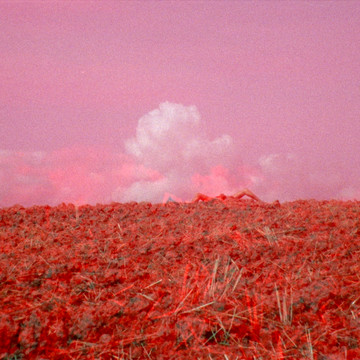
Exhibition closing soon
Spring Time is Heart-break: Contemporary Art in Aotearoa
Open 7 days, 10am - 5pm
Late night Wednesday until 9pm
Free entry, free wifi


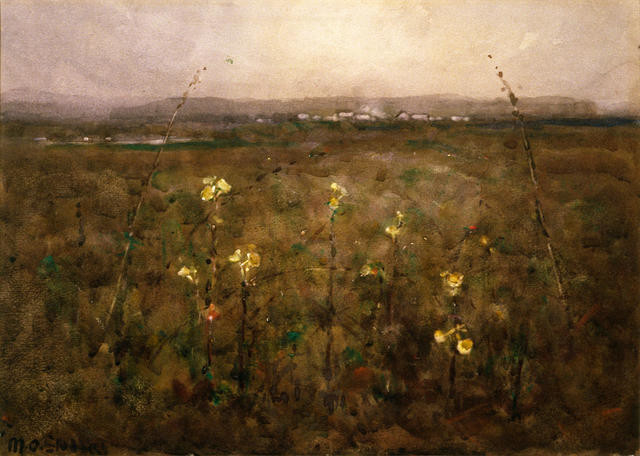




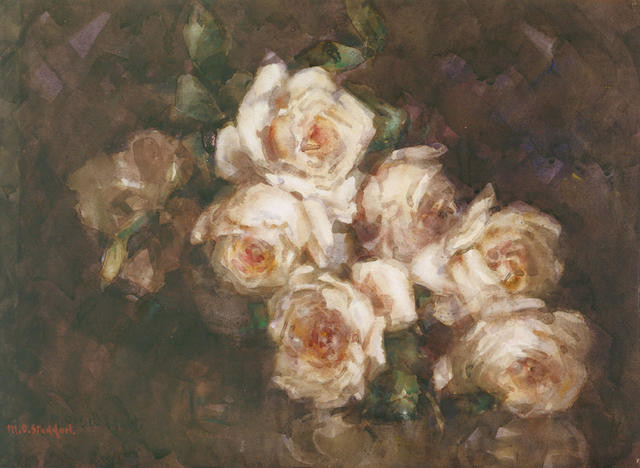
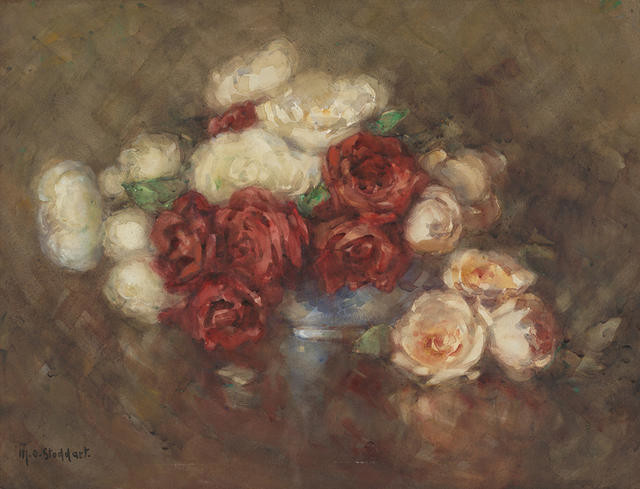
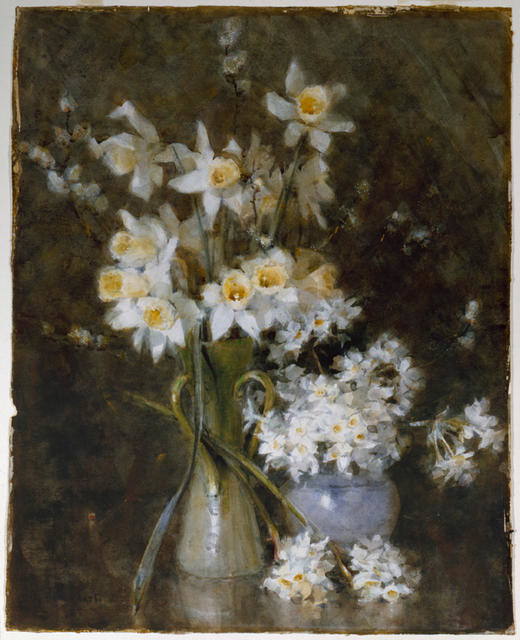
![Storm Clouds, Blythburgh, Suffolk [also known as Suffolk Village]](/media/cache/af/4d/af4d7aeab820770e74f984b7eb44dcc0.jpg)
